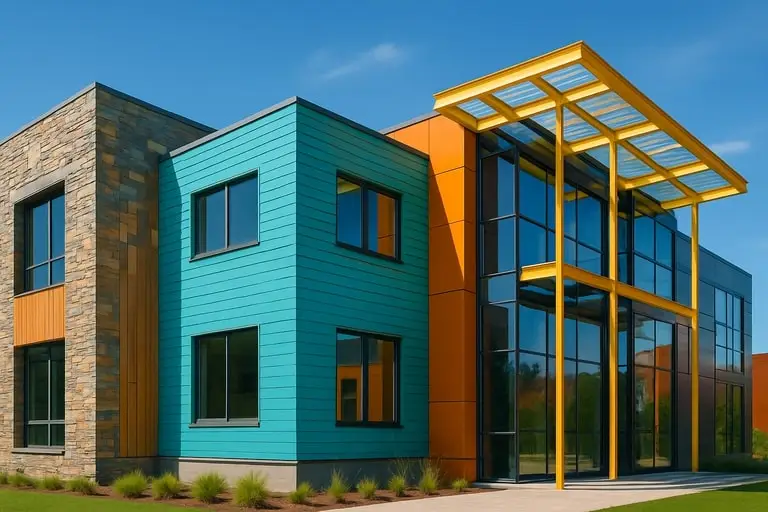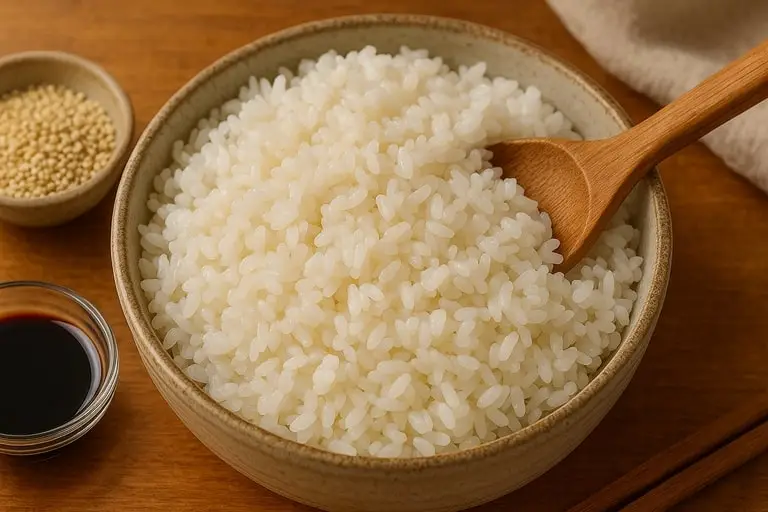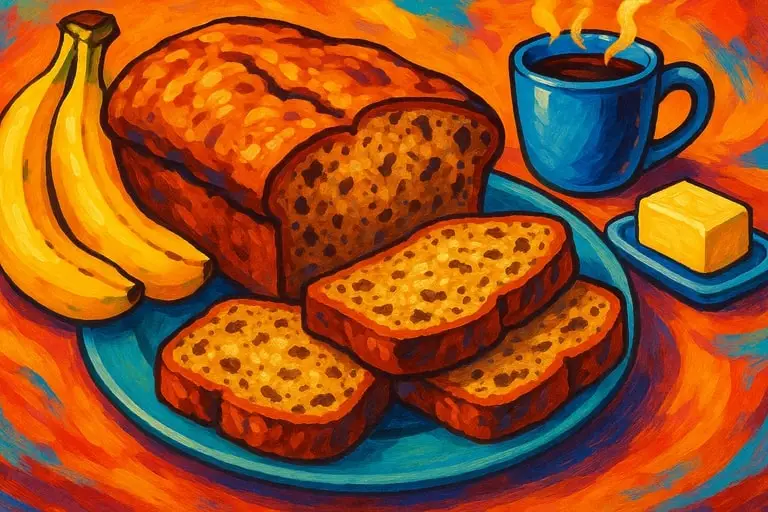The story of architecture cannot be separated from the story of building materials, as every structure humanity has ever raised stands as a testament to the choices of stone, wood, brick, metal, or concrete that shaped it. Across centuries, civilizations have sought durability, function, and beauty in construction, relying on locally available resources or trading rare materials across vast distances to realize grand visions.
In the modern world, the evolution of construction materials mirrors the progress of technology, sustainability practices, and the changing expectations of those who inhabit these buildings. When considering building projects today, the question is not only how strong or affordable a material might be, but also how it affects long-term maintenance, environmental responsibility, and the aesthetic outcome of the design. This multi-layered perspective makes the selection of building materials one of the most complex and important decisions in architecture.
Materials like stone and wood once dominated the built environment, each carrying symbolic weight and cultural meaning. Stone symbolized permanence and resilience, evident in the monuments of ancient Egypt or the temples of Greece. Wood, on the other hand, allowed flexibility and warmth, fitting harmoniously with natural surroundings while providing structures that were easier to shape and transport.
Modern construction brought new inventions—steel frameworks for skyscrapers, reinforced concrete for bridges, and glass curtain walls for futuristic towers. Each innovation shifted architectural possibilities, expanding what designers could imagine and builders could achieve. With each transformation, the definition of ideal construction materials evolved, balancing tradition with innovation.
Today, architects and engineers navigate a diverse catalog of building materials, ranging from timeless natural stone to engineered composites designed for precision performance. Concrete remains a foundation of global infrastructure due to its strength and adaptability, but alternatives such as high-performance concrete reduce weight and environmental impact.
Metals like steel and aluminum deliver strength-to-weight advantages and flexibility for complex designs, while innovations in timber—such as cross-laminated wood—combine ecological benefits with remarkable structural capability. The result is a marketplace where functionality, sustainability, and aesthetics intertwine in ways that redefine construction.
Sustainability now drives many of the choices surrounding building materials. Concerns about embodied energy, waste reduction, and carbon footprints push industries to evaluate not only what a material achieves in the moment but also what it means for decades of environmental responsibility. Sustainable construction integrates recycled aggregates, eco-friendly insulation, and materials sourced responsibly from local contexts.
Bamboo, once regarded as a simple regional resource, now represents a globally admired renewable option, offering strength comparable to steel in certain applications while growing at an unmatched rate. Such sustainable construction practices do not compromise strength but rather highlight the synergy between ecological awareness and human ingenuity.
Alongside sustainability, durability remains a central measure of building materials. The lifespan of a structure depends heavily on resistance to weather, wear, and time. Architects and engineers analyze how materials perform under stress, moisture, heat, and shifting loads, ensuring that their choices align with both immediate function and long-term safety.
Eco-friendly housing models demonstrate that durability and sustainability are not mutually exclusive; materials like rammed earth walls or recycled steel provide both longevity and environmental advantages. By blending scientific rigor with creative design, today’s construction field shows that durability can complement beauty and ecological mindfulness.
Aesthetic considerations are equally powerful in the selection of building materials. Architects manipulate color, texture, and reflectivity to achieve emotional resonance, creating spaces that feel light, solid, warm, or futuristic. Natural stone cladding evokes timeless elegance, while glass façades deliver transparency and connection to the outside world.
Wood interiors create warmth, while polished concrete and steel emphasize industrial minimalism. This wide palette of materials gives designers the ability to craft narratives through architecture, ensuring that every structure tells a story rooted in material expression.
Ultimately, the role of building materials extends beyond engineering and aesthetics to influence human well-being. Indoor air quality, thermal comfort, and acoustics all hinge on material choices. Eco-friendly housing innovations emphasize non-toxic finishes, breathable walls, and thermal mass that stabilizes indoor temperatures naturally.
The best building materials for homes must therefore integrate safety, comfort, sustainability, and cost efficiency while aligning with modern expectations for beauty and resilience. In this way, construction becomes not just the assembly of structures, but a dialogue between humanity, environment, and design—mediated through the intelligent use of building materials.
Building Materials For Modern Construction Projects
Construction today thrives on a sophisticated ecosystem of building materials that enable ambitious projects from residential homes to sprawling commercial complexes. These materials carry the responsibility of withstanding structural demands, supporting aesthetic visions, and advancing sustainable construction goals.
As cities grow and urban planning intensifies, the careful integration of construction materials defines not only the skyline but also the ecological and cultural identity of a region. Materials once chosen merely for availability are now evaluated through advanced analysis of their performance, carbon footprint, and adaptability to innovative design. This professional approach places building materials at the heart of every construction strategy.
Traditional resources like stone, timber, and clay have not disappeared; rather, they have adapted to the needs of modern construction. Engineered wood, for instance, enhances traditional timber by providing greater consistency, strength, and fire resistance. Stone, when combined with advanced cutting and polishing technologies, continues to serve as a luxurious cladding and durable flooring option.
Clay bricks, improved by kiln innovations, remain a staple in housing construction, offering insulation and long-lasting performance. Such materials illustrate how ancient resources evolve to meet contemporary standards, securing their relevance in a highly competitive construction industry.
Meanwhile, steel and concrete remain pillars of large-scale building projects. Steel provides unmatched tensile strength, enabling high-rise structures and long-span bridges that were once unimaginable. Reinforced and prestressed concrete allow massive loads to be carried efficiently while offering versatility in form and design.
Recent advancements in fiber-reinforced concrete enhance crack resistance and durability, further expanding its applications. For modern construction, these core materials balance practicality, strength, and adaptability, ensuring their ongoing role in shaping infrastructure worldwide.
Glass, aluminum, and composite panels illustrate how modern construction seeks lightness and efficiency without compromising on beauty. Glass curtain walls transform urban skylines into reflective canvases, promoting transparency and natural light within interiors. Aluminum, lightweight yet strong, supports innovative façades and energy-efficient window systems.
Composite materials blend natural and synthetic elements, delivering performance advantages that neither component could achieve alone. These examples demonstrate how building materials bridge art and science in creating the environments where people live, work, and interact daily.
The rise of eco-friendly housing trends compels industries to embrace recycled and renewable materials. Recycled steel, reclaimed wood, and fly ash in concrete formulations help reduce construction’s environmental burden. Hempcrete and rammed earth offer alternative approaches rooted in traditional wisdom but elevated by modern engineering.
By integrating these options, architects promote sustainability while achieving thermal efficiency, fire resistance, and comfort. This intersection of ecological awareness and technical sophistication reshapes what people consider the best building materials for homes, highlighting the role of innovation in creating resilient communities.
Economic considerations also shape choices. Material costs fluctuate based on supply chains, global demand, and local availability. Construction professionals weigh the affordability of options against performance, seeking balance rather than extremes.
Sustainable construction sometimes entails higher upfront costs, but lifecycle analysis often reveals long-term savings through reduced energy use and maintenance. Clients and developers increasingly understand that choosing durable, eco-friendly materials is not only an ethical decision but also a financially wise one over decades of use.
Beyond economics and sustainability, safety standards anchor every discussion about building materials. Fire resistance, structural stability under seismic conditions, and resilience to extreme weather events are non-negotiable criteria.
Innovations in construction materials respond directly to these demands, ensuring compliance with codes while pushing boundaries of what is possible. For modern construction projects, this alignment of safety, sustainability, and aesthetic vision results in environments that stand as cultural landmarks and practical solutions.
Building Materials And Sustainable Housing Design
The integration of building materials into sustainable housing design illustrates the evolving relationship between humanity and the environment. Housing, the most intimate scale of construction, requires materials that not only provide shelter but also enhance well-being, reduce ecological footprints, and embody cultural values.
The conversation no longer revolves solely around cost or durability but instead embraces sustainability, comfort, and aesthetics as interconnected goals. For those exploring eco-friendly housing models, the materials chosen are as significant as the architecture itself.
Wood and bamboo stand at the forefront of renewable construction materials for sustainable housing. Cross-laminated timber provides strength comparable to steel, enabling multi-story housing projects while storing carbon rather than emitting it.
Bamboo, often associated with traditional rural construction, has found new prestige in contemporary architecture for its renewability and versatility. These materials demonstrate that ecological responsibility does not exclude ambition, allowing for innovative designs that harmonize with both human needs and environmental realities.
Insulation materials play a critical role in sustainable construction, directly influencing energy consumption and indoor comfort. Sheep’s wool, cellulose from recycled paper, and hemp insulation provide natural alternatives that regulate moisture and improve indoor air quality.
Their application shows how building materials affect not only structural integrity but also everyday living conditions, aligning with holistic eco-friendly housing design principles. This integration ensures that sustainable homes reduce operational energy demand without compromising on comfort.
Durability remains central even in sustainable housing, as materials must endure decades of use while maintaining ecological balance. Recycled steel frames, rammed earth walls, and high-performance glass achieve longevity while lowering environmental impact.
These materials prove that durability and eco-friendly housing are compatible, addressing the misconception that sustainability means fragility. Instead, the best building materials for homes balance strength with responsibility, ensuring that ecological principles endure as long as the structures themselves.
Architectural aesthetics in sustainable housing also benefit from innovative materials. Earth-toned plasters, reclaimed wood finishes, and glass walls that invite natural light create a warm, inviting atmosphere without sacrificing environmental responsibility.
These visual qualities demonstrate that sustainable construction is not limited to hidden technical features but also manifests in beauty and harmony within living spaces. In this way, building materials influence not only environmental outcomes but also human emotional connection to homes.
Cost considerations continue to play a role in eco-friendly housing. While some renewable materials initially cost more, the long-term savings on energy and maintenance offset these investments. Homeowners increasingly see value in materials that deliver lifecycle benefits, aligning financial responsibility with ecological integrity.
Governments and institutions support this shift through incentives, grants, and regulations that encourage the adoption of sustainable construction practices. The dialogue between economics and ecology strengthens the case for innovative building materials in housing.
The future of housing will be defined by materials that combine science, sustainability, and cultural meaning. From recycled composites to bio-based materials cultivated in laboratories, the possibilities expand daily.
These innovations will redefine how people imagine their homes, ensuring that building materials contribute to healthier environments, reduced ecological footprints, and architectural excellence. By choosing wisely, society builds not only durable homes but also a sustainable legacy for generations.
Construction materials form the backbone of every built environment, influencing the way people live, work, and experience the spaces around them. From ancient stone monuments to glass skyscrapers of the twenty-first century, the evolution of materials construction reflects technological progress, cultural priorities, and ecological awareness.
Today, selecting construction materials means making choices not only about structural integrity but also about environmental responsibility, cost efficiency, and design aesthetics. Professionals in architecture and engineering know that the right materials determine whether a project achieves harmony between function, durability, and sustainability.
Traditional construction relied heavily on stone, wood, and clay. These natural resources created long-lasting structures while carrying cultural symbolism. Stone embodied permanence, resisting time and weather, while timber represented flexibility and closeness to nature. Bricks of clay offered both insulation and reliability, remaining staples in housing across civilizations.
As modernity advanced, materials construction shifted to include reinforced concrete, structural steel, and glass, each expanding architectural possibilities. Skyscrapers rose thanks to steel frameworks, while reinforced concrete enabled bridges and dams that reshaped landscapes. Such transformations highlight how construction materials set the stage for innovation in design.
In the present era, modern construction materials expand beyond traditional boundaries. Concrete now comes in high-performance forms that resist cracking and reduce weight. Steel alloys achieve enhanced tensile strength, supporting ambitious designs without excess bulk. Engineered timber, such as cross-laminated wood, provides renewable alternatives with remarkable stability, allowing multi-story wooden structures.
Glass has transformed from a fragile panel into a structural component, integrating thermal coatings and energy-efficient layers. These advancements demonstrate how modern construction materials balance performance, beauty, and sustainability.
Sustainability dominates discussions about construction materials. The ecological footprint of production, transport, and lifecycle disposal shapes decision-making across the industry. Sustainable building now emphasizes recycled aggregates, reclaimed wood, and eco-friendly insulation, reducing embodied energy and greenhouse emissions.
Hempcrete, bamboo, and rammed earth walls exemplify renewable solutions adapted for modern projects. By integrating such sustainable building practices, construction professionals prove that strength and ecological mindfulness can coexist, paving the way for eco-friendly architecture that endures.
Durability and safety remain essential attributes of construction materials. Engineers evaluate resistance to moisture, fire, seismic activity, and thermal stress to ensure long-term performance. High-performance glass provides insulation while resisting wind loads; recycled steel frames offer resilience without compromising environmental standards.
Materials construction integrates scientific rigor with cultural expression, proving that durability does not exclude creativity. Sustainable building exemplifies how robust materials simultaneously protect occupants and the environment.













